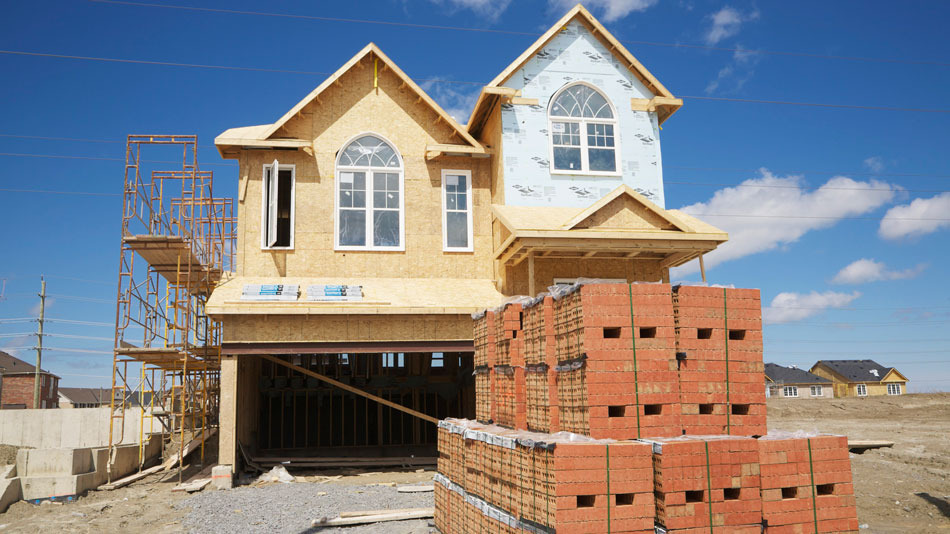A West Australian company has a robot they say can lay 1,000 bricks per hour and build the frame of an average house in under two days.
The robot is still in prototype stage, but Fastbrick Robotics is hoping to bring a commercial machine onto the market within the next couple of years, Mike Pivac, CEO of Fastbrick Robotics.
The robot, Hadrian, was named after the ancient Roman emperor Hadrian who had a fad for construction. "He built a lot of walls for the Romans," Pivac said. "We also intend on building a lot of walls."
The technology was developed by Mark Pivac, an aeronautic and mechanical engineer, and the company's chief technical officer.
With more than A$7 million spent in research and development, Hadrian is able to take a pack of bricks, and handle, process and lay them without human intervention. A 3D computer aided design file ensures the machine cuts, routes and lays the bricks to a high level of accuracy using a 28 metre telescopic boom.
Hadrian can handle almost any size of brick on the market today, Pivac said. From one set position, it can even take into account the routing of channels for the electrical and plumbing structures that need to be laid in the wall, as well as windows and doors.
Hadrian could dramatically cut the construction time of the average house. A standard house takes around 15,000 bricks to build, and usually about five to six weeks to complete with traditional labour, Pivac said, while Hadrian can build a house from slab to cap height — when the roof trusses go on — in two days. If successful, this would significantly cut down on construction costs.
The company will still need bricklayers, for now. In operation in Australia, Pivac says there will be a machine operator and a human on-site bricklayer for quality assurance. They expect the technology to eventually be licensed overseas.
Pivac doesn't think Fastbrick Robotics will see too much resistance to the super-industrious robot from the building industry. "They see the bricklaying process as a real bottleneck," he said. "The construction process needs to be made more efficient."
"[Bricklaying is] a very laborious and repetitious trade, and not one attractive to young people anymore," he added. "It's the next evolution of their trade."
And unlike apprentices, this robot doesn't need a lunch break.
Fuente: mashable.com

